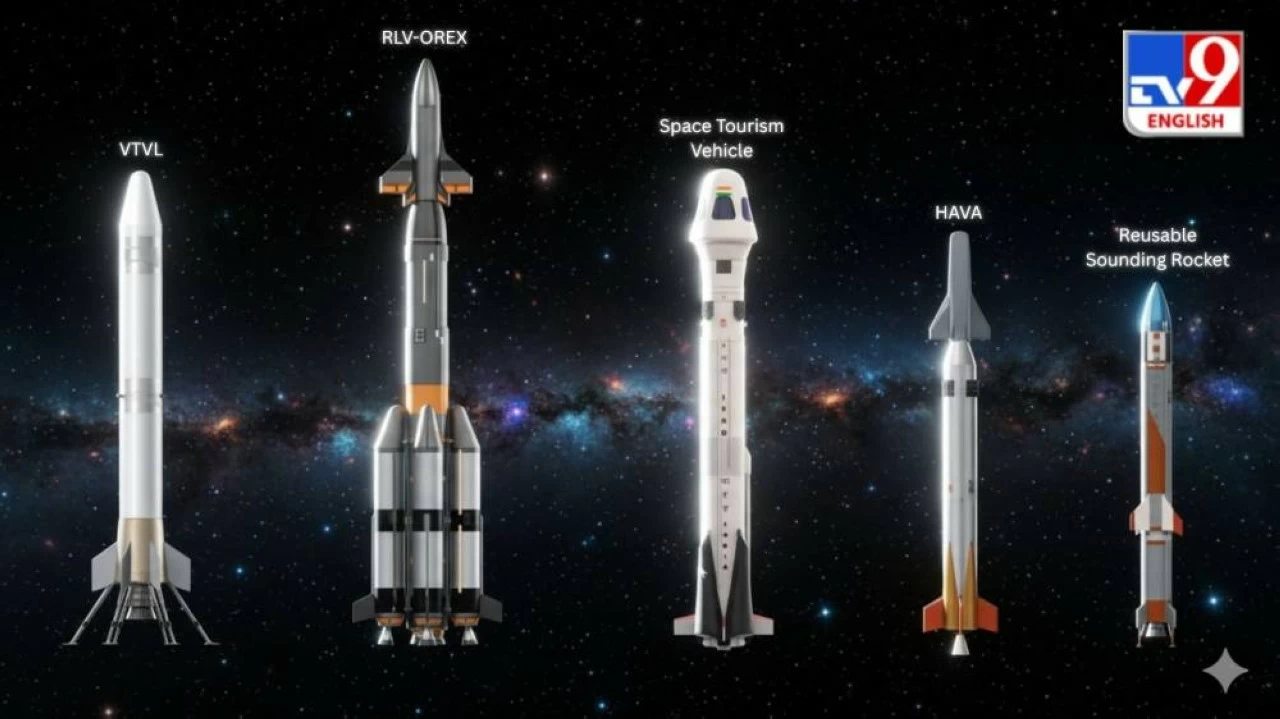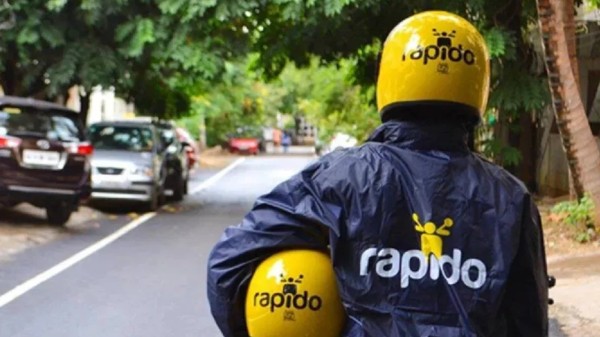

By signing in or creating an account, you agree with Associated Broadcasting Company's Terms & Conditions and Privacy Policy.


By signing in or creating an account, you agree with Associated Broadcasting Company's Terms & Conditions and Privacy Policy.

New Delhi: During second National Space Day celebrations last month, there was a blink-and-you-miss-it slide shown during the 'Chintan Shivir' AV, containing a detailed roadmap for ISRO's plans, all the way to 2062, culminating in the development of a Super Heavy Launch Vehicle with a payload capacity similar to the SpaceX Starship. By 2030, ISRO plans to develop a reusable launch vehicle, a reusable autonomous spaceplane capable of reentry and landing, a space tourism vehicle, an autonomous scramjet test vehicle, and reusable sounding rockets.
India's roadmap for space transportation. (Image Credit: ISRO).
The development of most of these hardware elements are already in progress. Both SpaceX and Blue Origin makes operates reusable first stage boosters. The autonomous orbital spaceplane, Reusable Launch Vehicle Orbital Re-entry Experiment (RLV-OREX) is similar to Boeing's X-37, or the Chinese reusable experimental spacecraft. The Space Tourism Vehicle is comparable to Blue Origin's New Shepard rocket used for short-duration suborbital flights beyond the Karman line. The Hypersonic Airbreathing Vehicle with Airframe platform with an air-breathing engine is similar to Boeing's X-51 Waverider.
There are a range of potential applications to the developmental hardware. The reusability drastically brings down the cost of rocket launches. Lifting through the lowest layers of the atmosphere is the most expensive aspect of spaceflight, and this is the innovation that allowed SpaceX to reduce costs significantly for access to Earth orbit. Both the RLV-OREX and HAVA have strategic Intelligence, Reconnaissance and Surveillance (ISR) applications, while being capable of hosting scientific payloads as well. The reusable sounding rockets enable cost-effective scientific research.








